
The Endurance Athlete’s Guide to VO2max and Lactate Tests
Find out all the dos and don’ts of physiological testing as we break down VO2max and lactate/ramp testing.

Humans aren’t machines—we’re much more complicated. Exercise physiology involves changes in the body from exercise and rest.
From anaerobic threshold to environmental acclimatization, from FTP to PGC-1 alpha, we explore the science of human performance.

Find out all the dos and don’ts of physiological testing as we break down VO2max and lactate/ramp testing.

We explore the physiology of race season—how to find top-end fitness, how long it takes, and the best ways to do it.

Your lactate threshold may not be what you think it is. Coach Trevor Connor explores the true definition of this physiological turn point.

Environmental physiologist Dr. Stephen Cheung addresses whether the amount of fat and carbohydrate used for energy changes with the temperature.

What are the keys to success in ultra running, and are they the same across all distances?

We get asked a lot of great—and nerdy—questions via our Fast Talk Labs Forum. Every month we’ll now be taking the best questions and publishing our answers. This month, our in-house physiologist Rob Pickels tackles the topics of altitude training and the impact of body composition on hypothermia.

In this second part of our three-part series, Dr. Stephen Seiler gives us the history of exercise physiology research as well as insights into the inner workings of the academic world.

The concepts of central and peripheral conditioning help explain why an effective training base period leads to speed and durability in the race season.
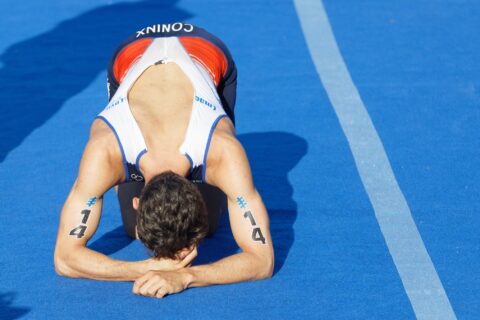
Polarized training is most successful when your body is ready for high-intensity sessions. Understanding how your autonomic nervous system works can help you time it right.

In collaboration with Dr. Stephen Seiler, the “father of polarized training,” we have curated everything you need to know about the 80/20 training method.
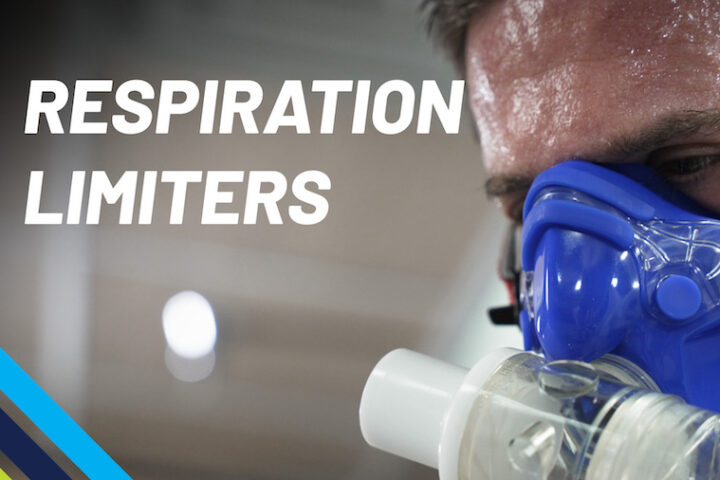
Coach Steve Neal helps athletes develop their respiratory systems to improve performance. Find out how the testing works, the limiters it exposes, and what you can do to start training your own breathing.
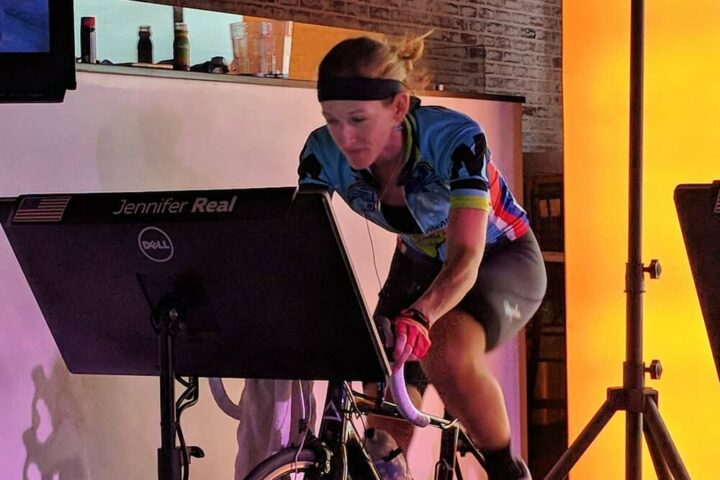
Medical doctor and elite Zwift team manager Jennifer Real talks with us about indoor training and racing, and how to achieve effective recovery including monitoring sleep and taking Vitamin D.

We explore the ways in which the heart changes through training and adaptation with two leading experts in sports cardiology.

The demands of virtual racing are different from live racing. Physiologist Rob Pickels explores the science of warmups and how this applies to fast-start Zwift races.

Exercising in cold weather has a significant impact on our physiology—from breathing to metabolism to performance. In this Pathway, you’ll learn about the physiological and psychological effects of cold from many experts.
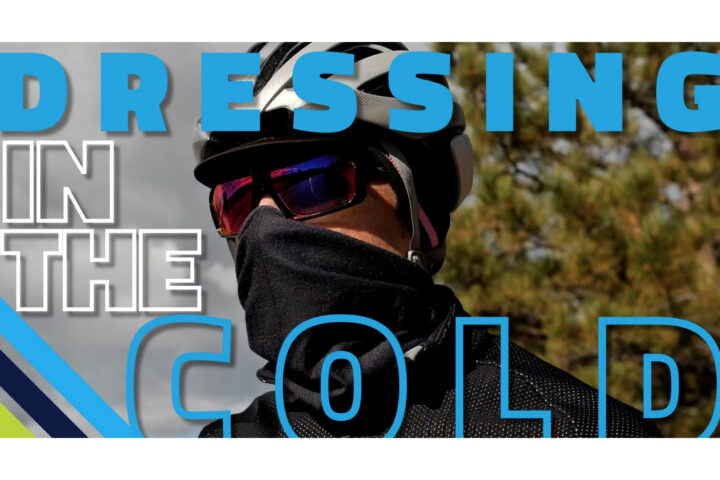
Our Canadian CEO and cycling coach Trevor Connor offers his hard-won tips for how to dress for cold-weather cycling warmth and comfort.

Coach Connor offers his explanation for why you should overdress, rather than underdress, during cold-weather rides.

While VO2max is well studied, VLamax is a relatively new concept. Understanding the relationship between the two measures will help you better define your training.
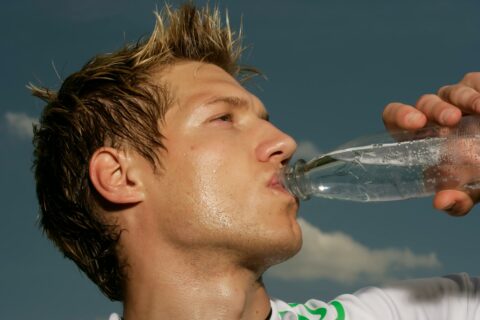
We explore health conditions elicited by heat, including heat stress, heat stroke, and heat exhaustion, with expert guest Dr. William Adams.

Athletes spend much of their time training their legs and heart. What about our lungs? Steve Neal breaks down the components of respiration to help explain why it could be holding you back.

Should we modify how, where, and when we train based on our potential exposure to pollutants?

Endurance athletes inevitably face the challenges imposed by training and racing in the heat. How do our bodies respond, and what are ways that we can best prepare? Learn how to beat the heat with advice from Dr. Stephen Cheung, Dr. Stephen Seiler, and a range of experts and coaches.